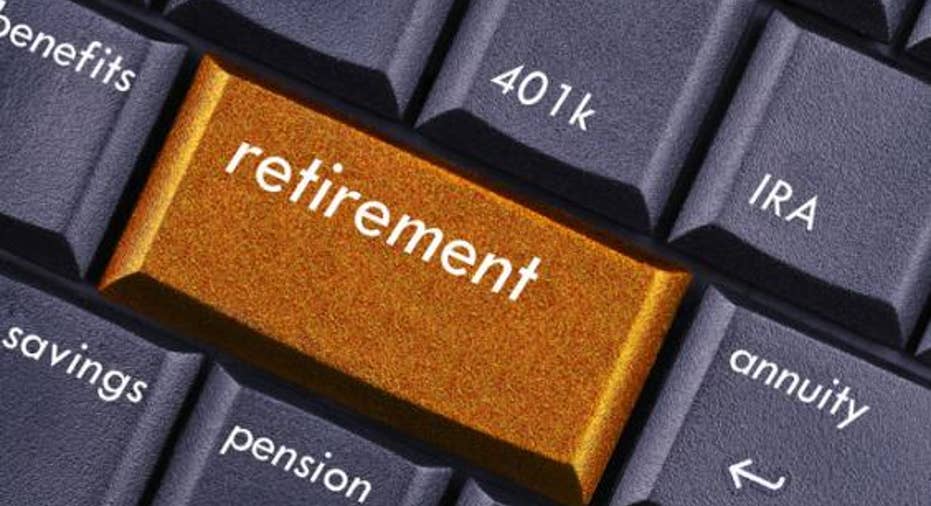This is NOT How to Solve the Nation’s Retirement Crisis

By Gerri Willis
Every once in a while, along comes a great idea for solving the nation’s retirement crisis. Unfortunately, the President’s MyRA is not it.
Unveiled at this week’s state of the union address, MyRA is a starter savings vehicle developed to encourage the middle class to invest for retirement. An admirable goal, especially since 53 percent of American households are at risk of not being able to maintain their standard of living in retirement.
But MyRA doesn’t set its sights that high. Instead, the program, which is in early stages now, encourages workers to set aside small amounts. The minimum investment is just $25 and even that can be taken out at any time. Contributions will be made after-tax with a $15,000 account maximum. Senior administration officials, speaking on background earlier this week, said that savers would be able to take money out at any time if they hit a “rough patch.” No word yet about what would happen if the program became popular and everybody decided to pull all their money out at one time during, say, a financial crisis like we saw in 2007. Presumably, taxpayers would be on the hook.
Worst case scenarios aside, senior administration officials said the program goal is to attract investors with its “simple, safe and secure” design. Further, they said that “Everyone who wants to save, should be able to do so.” It’s an odd assertion, especially given the fact that there are plenty of options at hand for consumers who want to save. The nation’s more than 6,000 federal credit unions allow customers to open an account with just $5. Vanguard requires IRA applicants to have $1,000 to invest.
What’s most confounding about the plan is that there will be just one option offered to investors. A “savings-bond like” investment that will mimic the return that government employees get in their retirement accounts. Over the past five years, however, those returns have averaged just 2.69 percent, while the S&P 500 has returned 17.98 percent. I know what I’d rather have. The Wall Street Journal reported this morning that it would take a saver who contributed $50 every two weeks nearly 11 years to amass $15,000 given last year’s government fund return. That’s a long time for a saver to wait.
Here’s the real problem with the program: With returns so low and investment options so few, who will invest? Americans are reluctant to invest in their 401(k) even when they get matching employer dollars. Participation rates are typically just 53 percent unless workers are automatically enrolled and are forced to opt out.
To be sure, I think encouraging people to save and invest is good. We need more savings. But young investors need experience with the real world of investing and that means your principal isn’t guaranteed. That means taking on some risk. It’s a personal responsibility to save for retirement and if the government wants to help, maybe the Federal Reserve should be encouraged to let rates reset on their own so that savers can be rewarded in the marketplace.



















